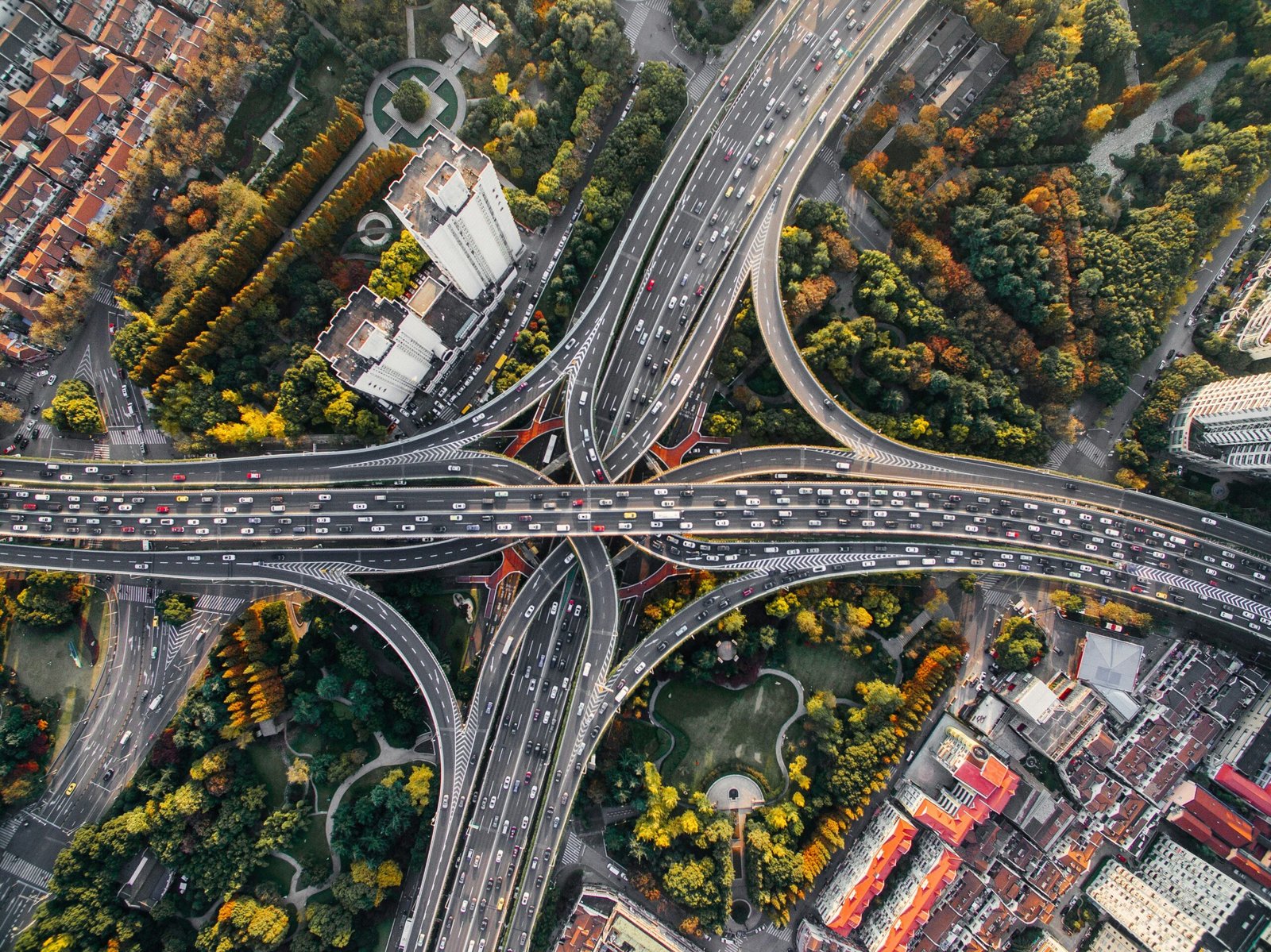
Paid ads and SEO (Search Engine Optimization) are two distinct online marketing strategies used to increase visibility and drive traffic to websites. Here are the key differences between the two:
- Cost:
- Paid Ads: In paid advertising, you pay for placement or clicks. This can include pay-per-click (PPC) campaigns, display ads, social media advertising, etc. You set a budget and pay for each click or impression your ad receives.
- SEO: SEO is organic and doesn’t involve direct payments for clicks or impressions. Instead, it focuses on optimizing your website’s content and structure to rank higher in search engine results naturally. While SEO often requires an upfront investment in content creation and optimization, ongoing maintenance is less costly than paid advertising in the long run.
- Visibility:
- Paid Ads: Paid ads provide immediate visibility. Once you set up a campaign, your ads can appear at the top of search engine results or on various websites, depending on your targeting.
- SEO: SEO takes time to build up. It involves improving your website’s content and relevance over time to gradually increase your organic search rankings. It can take weeks or months to see significant results.
- Longevity:
- Paid Ads: Your ads will only appear as long as you’re paying for them. Once you stop the campaign or exhaust your budget, your visibility decreases.
- SEO: Good SEO practices can provide long-term benefits. If you consistently optimize your website and produce high-quality content, your organic search rankings can improve and maintain their position for an extended period.
- Traffic Quality:
- Paid Ads: Paid traffic can be highly targeted, as you can specify who sees your ads based on demographics, interests, and keywords. However, some users may be wary of clicking on ads.
- SEO: Organic traffic often consists of users actively searching for information or products related to your site’s content. While it may be less immediately targeted, it can result in more engaged and conversion-ready visitors.
- Credibility:
- Paid Ads: Some users may view paid ads with skepticism, as they know that businesses are paying for placement. Trust may vary depending on the ad’s design and perceived relevance.
- SEO: High organic search rankings are often seen as an endorsement by search engines, lending credibility to your website. Users tend to trust organic search results more than paid ads.
- Flexibility and Testing:
- Paid Ads: Paid advertising allows for quick adjustments and A/B testing of different ad campaigns, targeting options, and ad copy.
- SEO: SEO changes and optimizations take time to show results, and testing can be slower. However, it’s crucial for long-term online visibility.
.



